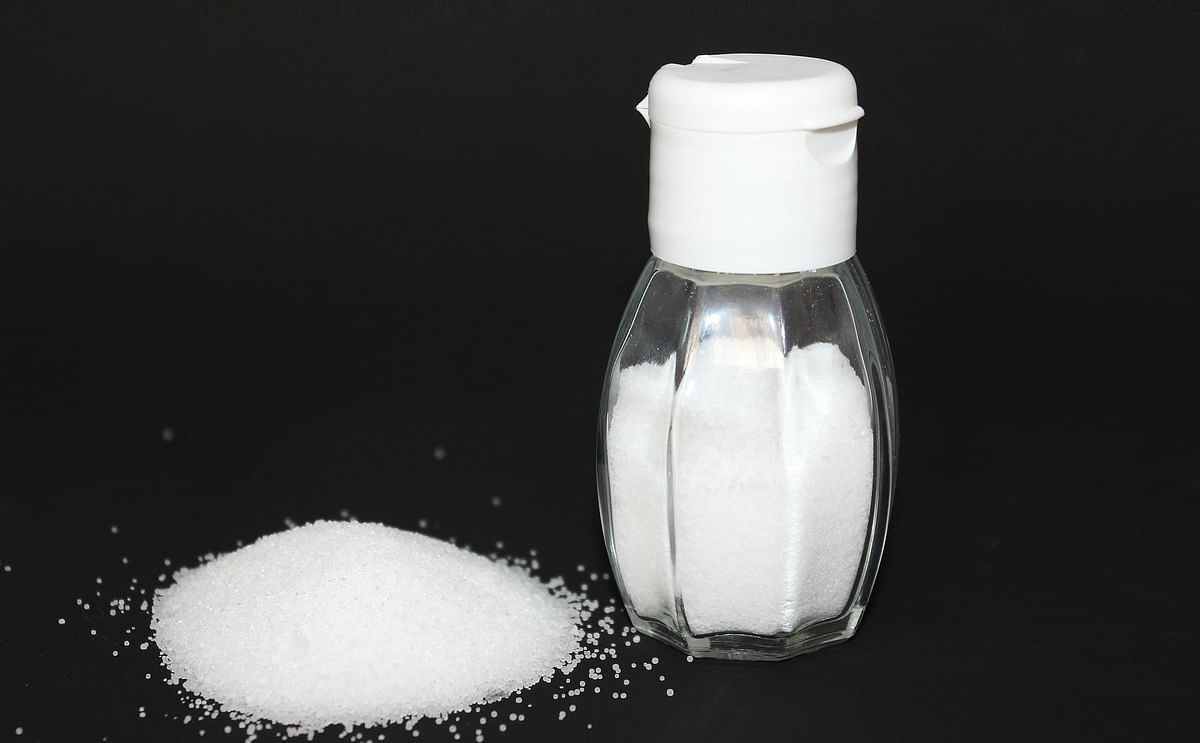Salt Shaker
Desalting the Food grid

Product developers are responding to public health concerns about the sodium content of processed foods. What sodium-reduction tactics are they using?
The methods food companies use to reduce sodium vary. Some plan simply to reduce the amount of salt in their products, achieving a barely perceptible or nonexistent difference in taste over time. Earlier this year, Kellogg’s announced its plan to reduce the level of salt in brands such as Corn Flakes® and Rice Krispies® products without using any salt replacement ingredients. However, many manufacturers would rather avoid this technique out of concern that even the slightest change in taste perception could upset consumer loyalty.
Other companies reformulate recipes, using various methods. Campbell’s sodium-reduction strategy involves using a combination of tactics: “Campbell’s has a strategy for getting all of our products down to a healthy level of sodium. We are using naturally sourced ingredients such as sea salt and herbs &spices, but we are working with ingredient companies as well,” says Bangs, who oversees Campbell’s development of reduced-sodium products.
Bumble Bee has a similar approach: “To date we have removed added salt from our formulations. The next phase of our sodium reduction is to develop salt replacements from blends of potassium and sodium chloride, sea salts, or flavorings/spices for our formulated products,” Melbourne says. Hence, for manufacturers seeking consistency in the taste and quality of their products, amending recipes to produce reduced-sodium foods predominantly involves making use of sea salt, herbs &spices, innovative salt replacement technologies, and taste enhancers.
The methods food companies use to reduce sodium vary. Some plan simply to reduce the amount of salt in their products, achieving a barely perceptible or nonexistent difference in taste over time. Earlier this year, Kellogg’s announced its plan to reduce the level of salt in brands such as Corn Flakes® and Rice Krispies® products without using any salt replacement ingredients. However, many manufacturers would rather avoid this technique out of concern that even the slightest change in taste perception could upset consumer loyalty.
Other companies reformulate recipes, using various methods. Campbell’s sodium-reduction strategy involves using a combination of tactics: “Campbell’s has a strategy for getting all of our products down to a healthy level of sodium. We are using naturally sourced ingredients such as sea salt and herbs &spices, but we are working with ingredient companies as well,” says Bangs, who oversees Campbell’s development of reduced-sodium products.
Bumble Bee has a similar approach: “To date we have removed added salt from our formulations. The next phase of our sodium reduction is to develop salt replacements from blends of potassium and sodium chloride, sea salts, or flavorings/spices for our formulated products,” Melbourne says. Hence, for manufacturers seeking consistency in the taste and quality of their products, amending recipes to produce reduced-sodium foods predominantly involves making use of sea salt, herbs &spices, innovative salt replacement technologies, and taste enhancers.
Like to receive news like this by email? Join and Subscribe!
Get the latest potato industry news straight to your WhatsApp. Join the PotatoPro WhatsApp Community!
Sponsored Content
Sponsored Content
Sponsored Content
Sponsored Content









